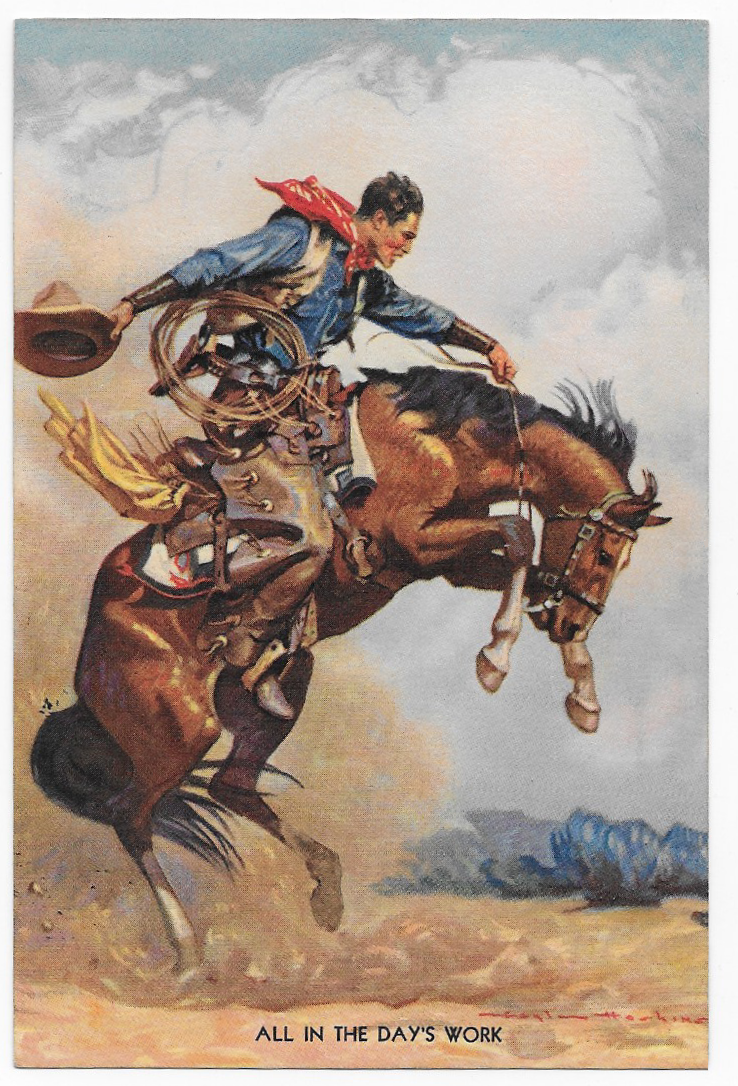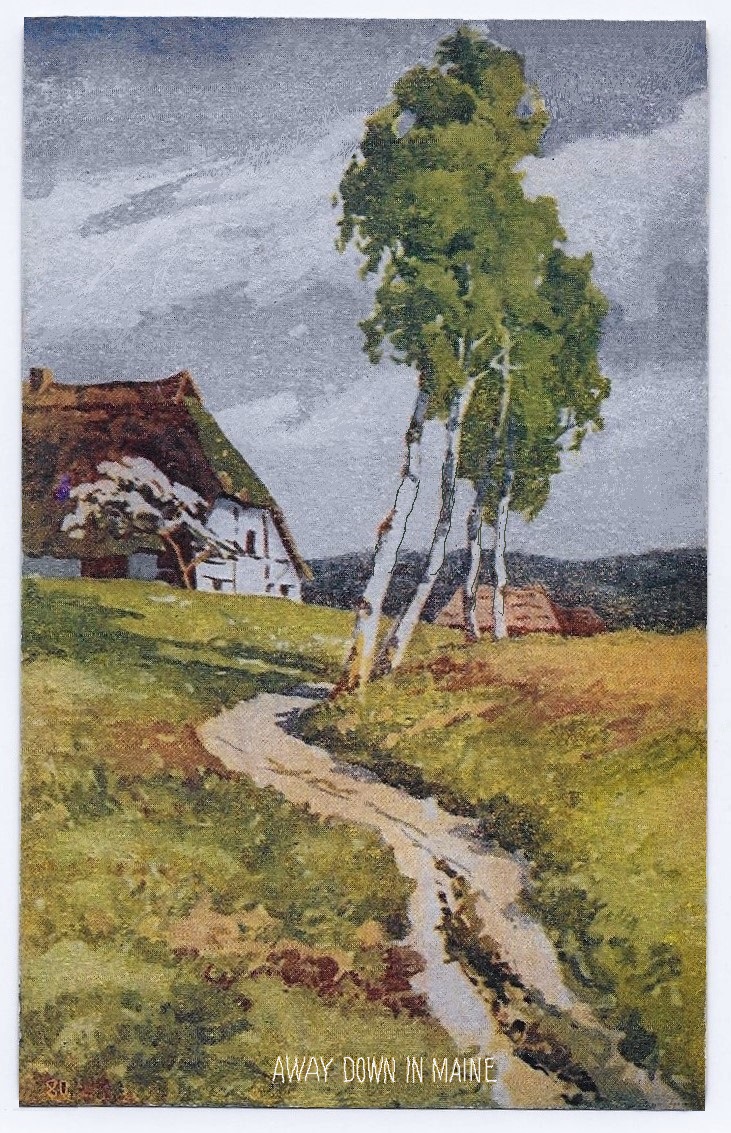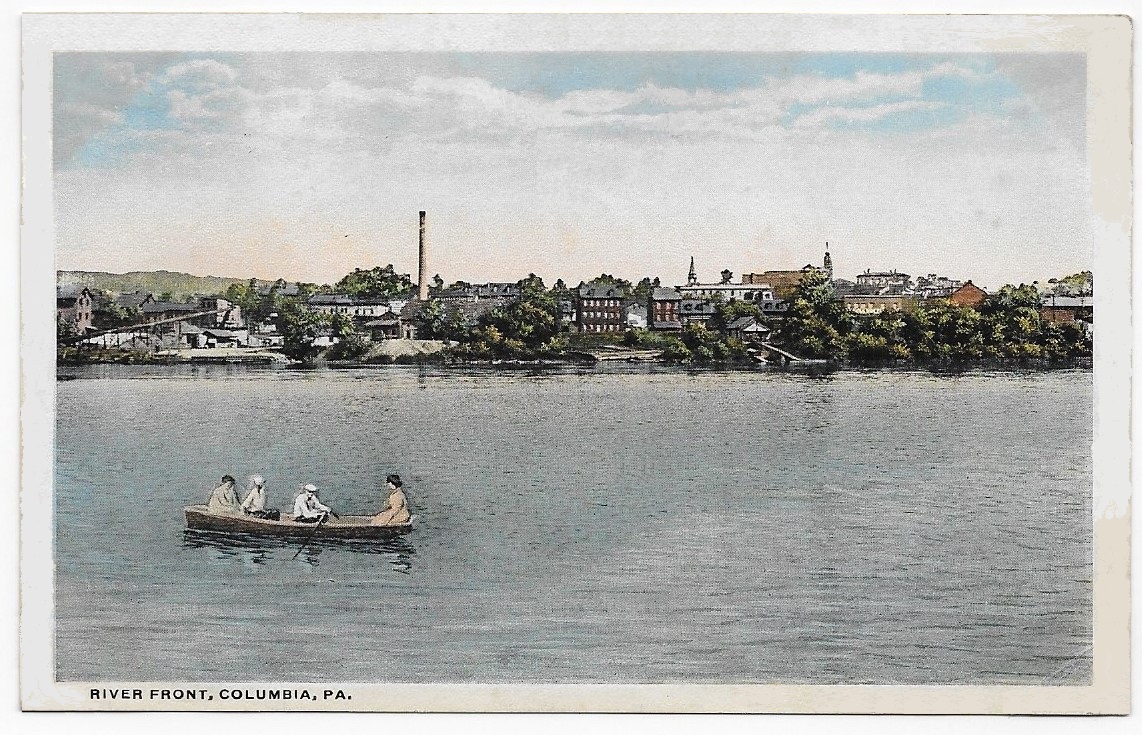We have seen a number of scenic postcards that were published by railroad companies as inducements to train travel:
“Taking a Train to the Grand Tetons (circa 1920), “Jane Sends a Picture of Mt. Shasta”, “Escape to Sun Valley”, and others.
This postcard was published by the North Coast Limited, a named passenger train of the Northern Pacific Railroad.
The route was first established in 1900, running from Chicago to Seattle via Bismarck, North Dakota.
Originally limited to the summertime, the train soon became a year-round service.
It was famous for the quality of the dining car.
https://en.wikipedia.org/wiki/North_Coast_Limited
Railroad mergers changed the providers of some lengths of the line, but the North Coast Limited continued to operate until 1970 when the bankrupted railroads were subsumed within the new Amtrak Corporation.
+ + + + +
In July of 1937, this postcard was mailed from a railroad station (or from the train), possibly in North Dakota.
The original postmark and the receiving postmark are both defaced.
I have not been able to recover the almost-invisible lines of the address and the message.
+ + + + + +
The face of the postcard is an example of western art, a dashing cowboy holding his seat on a bucking horse.
The display looks performative, as the rider holds the reins with one hand – his hat held in the other hand.
Clumps of dirt are flung by the horse’s pounding hooves, and the cloth at the neck of the rider (and at the saddle) are waving in the rushing air.
On the lower right, there appears to be an artist’s signature.
On the reverse, a blurb attempts to highlight a difference in the “East” and the “West” – “The West’s work is the East’s play”.
The display of skill that provides entertainment for the “East”, is the actual work of the “West”.
It is disappointing that the postcard provides no information about the correspondents.
Because the postcard was preserved in very good condition, we may assume that this example of original postcard art was happily received.





